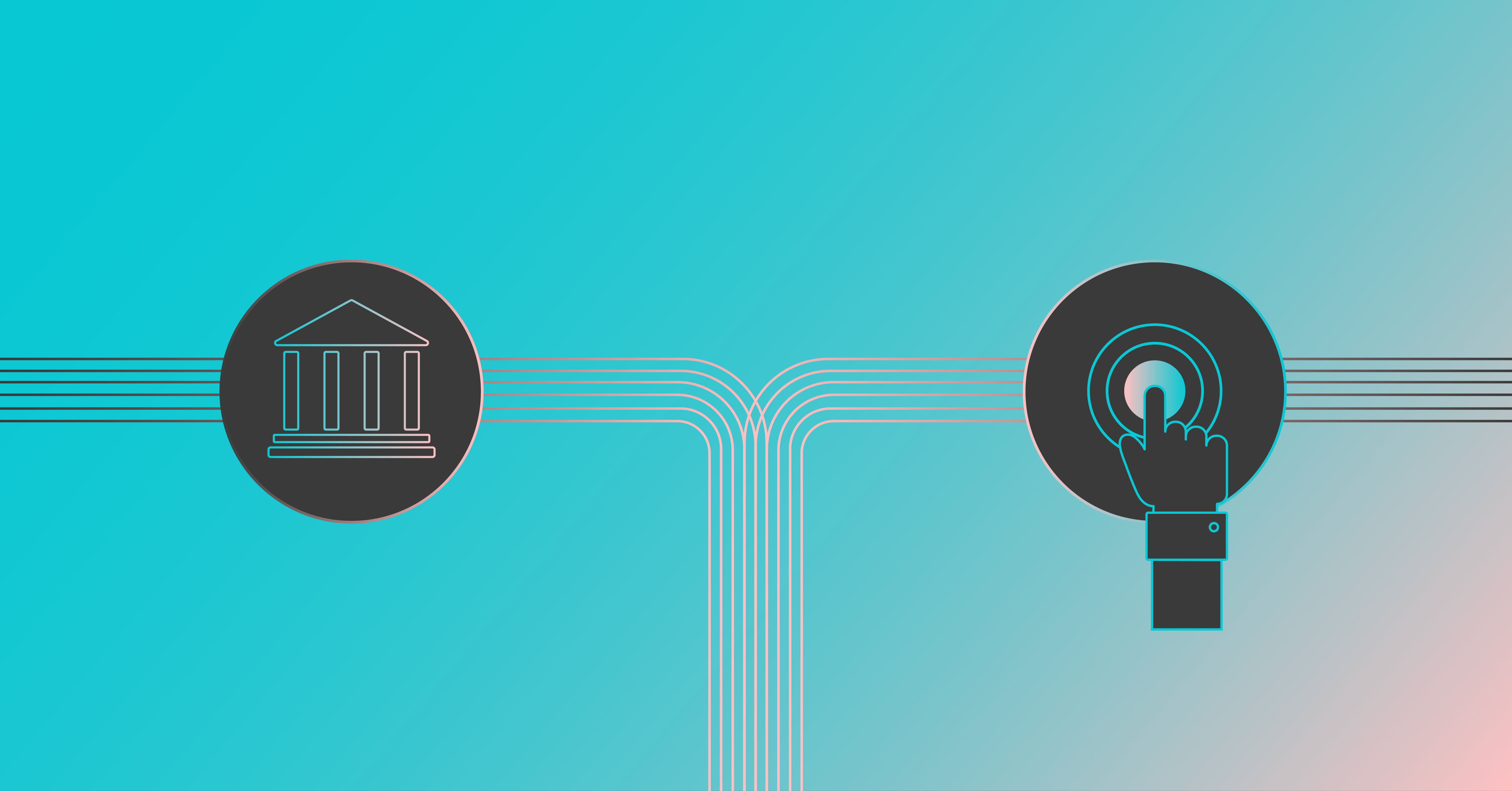With virtual and physical worlds melding, digital dependence is the new normal. An expansive universe of its own, banking must now deliver the personalization and immediacy expected from most members of the monetary ecosystem. Nearly nine out of ten Americans now use some form of fiscal app in their everyday lives, more than utilize social media.
Still, some financial institutions are hesitant to enlist external fintechs to deliver automation augmenting pen-and-paper operations in brick-and-mortar banks. While our recently published bank research Getting Ahead of the Digital Banking Curve, developed in partnership with Lendit, indicates a high interest in collaboration, with 67% of respondents willing to collaborate with fintechs, a sizable 33% of leaders expressed a preference for solely internal development. Yet, interestingly, respondents that prefer in-house development cite IT capacity and development bandwidth as prohibitive to new product development.
So what gives? An outdated mindset for starters.
Banks’ fintech hesitations, though multidimensional, are ultimately rooted in the build vs. buy dichotomy – institutions believe they must either construct their own technological infrastructure or task an external vendor with an overhaul.
However, this all-or-nothing mindset ignores the middle-ground of IT gaps that could be remedied through strategic partnerships. The basic scaffolding for a developed digital structure exists, and efficient and expedient collaboration with a fintech can effectively build out systems and services that consumers crave.
As Fifth Third Bank SVP Chris Dervan notes in our report, banks already possess superior balance sheets and impeccable customer relationships. Through strategic fintech partnerships, banks can play to their strengths while accelerating speed-to-market with differentiated, customer-centric solutions.
This collaboration can build profitable inroads to manifold markets. With customer experience paramount, fintechs can employ their expertise to provide 24/7 digital access to account information and operations. The pandemic has ingrained virtual tools as essentials, and customers expect their banks to respond to their needs with tailor-made, instant solutions.
In addition to deploying new tools, fintech-developed interfaces streamline existing services. When intuitively designed, platforms assist with customer authentication, account opening, transfers, loan origination and other functions traditionally performed manually, drastically reducing red tape and time lags.
Even more, this hesitation is inconvenient for digitally driven consumers and costly for banks who have yet to develop a culture of innovation. To quickly and securely deliver streamlined banking experiences that revolutionize the way customers spend, save and borrow – from simplifying personal loan originations to streamlining credit card applications to offering omnichannel point-of-sale options - partnerships between fintechs and financial institutions are critical.
Spurred on by the advance of technology and the increasingly globalized economy, fintechs will continue to expand their reach. When viewed as a threat to existing financial institutions, their full potential to maximize convenience and equity, all while decreasing bureaucracy and error, remains unrealized. But when fintechs and financial institutions collaborate, their blend of tried-and-true knowledge and transformational innovation grants them dream-team status.

Learn more about the critical role strategic partnerships play in digital innovation in "Getting Ahead of the Digital Banking Curve."
 Download Report
Download Report
